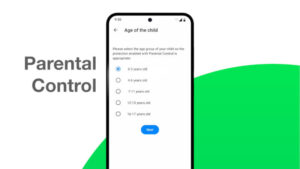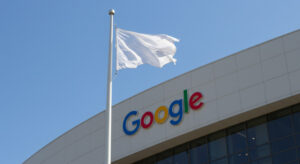When Android smartphones hit the shelves there were lots of favorable conditions to help them gain market share. For starters, there was demand. The whole “Crackberry” craze of the early 2000s had whetted the market, a demand that was only amplified when Apple then rewrote the smartphone book with the iPhone. The iPhone, however, was only available on AT&T’s network, which left the door wide open for exploitation by handset makers using Google’s Linux based mobile OS.
With people lining up around the block to purchase iPhones and sign up for lucrative two year data deals with AT&T, other carriers were hungry for a piece of the action. So they grabbed-up every Android implementation they could find and proudly offered them to their subscribers. They pushed the Android brand with advertising, convincing potential customers that Android phones weren’t merely “me too” devices, but were at least as good as Apple’s product, with the advantage of being less expensive.
Now Google and manufacturers are hoping to duplicate this success by going up against the iPad with Honeycomb loaded tablets. However, this isn’t going to be as easy a win for them as the phone market proved to be. Unless they pay attention and are shrewd in their marketing the results won’t be as stellar as they’re expecting. Compounding the problem, with tablet devices their window of opportunity for gaining market share is rather thin. BlackBerry’s tablet, the PlayBook, is due out on April 19th and HP’s TouchPad, running WebOS, is due to be released this summer. The tablet marketplace is set to become rather crowded.
Marketing-wise, Android tablet makers won’t be able to rely on third parties to do all the heavy lifting for them as they did with their smartphones. Almost every retailer stocking Android tablets will also be selling the iPad, so there won’t be any incentive for retailers to push customers looking for an iPad in the Android direction. In other words, a customer walking in the door looking in for an iPad will most likely walk out the the door with an iPad. HTC, Motorola and other manufacturers will have to create demand for their products before the customer walks through the doors of a Best Buy or other electronic retailer.
Quality, ease of use and price will all be factors. Android tablets must be at least as well made and user friendly as the iPad, and the price must be lower. In addition, makers must plant the seed in consumers’ minds that Android tablets offer an experience that isn’t merely “as good as” the iPad but one that is in many ways superior.
Creating that perception will not be easy.
Christine Hall has been a journalist since 1971. In 2001, she began writing a weekly consumer computer column and started covering Linux and FOSS in 2002 after making the switch to GNU/Linux. Follow her on Twitter: @BrideOfLinux






